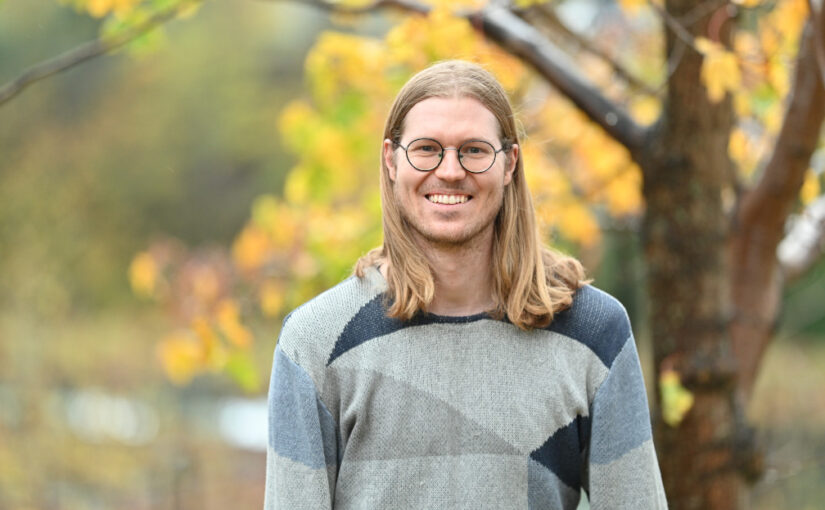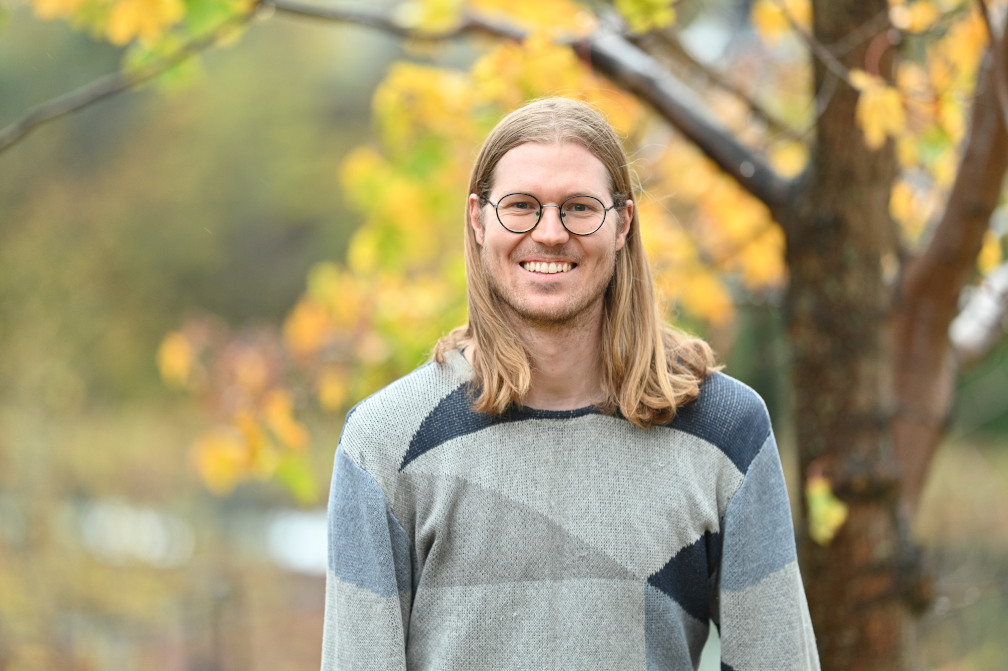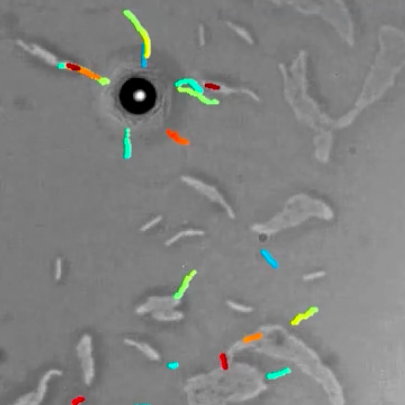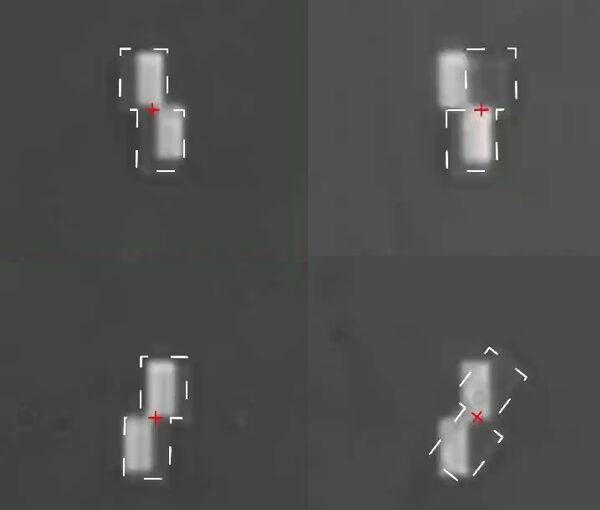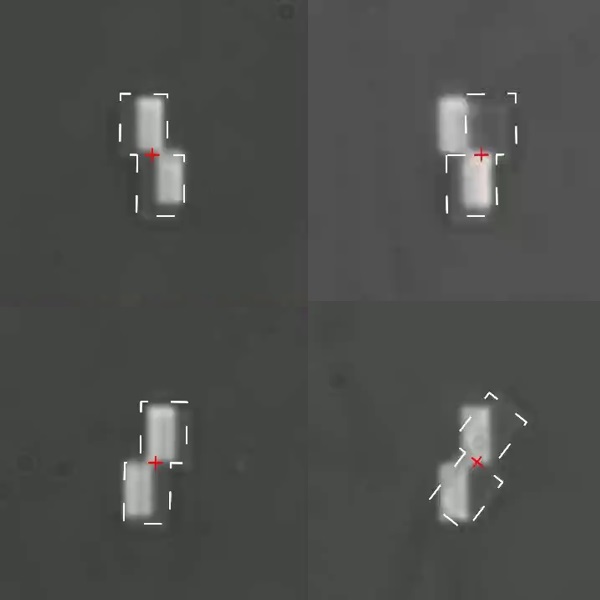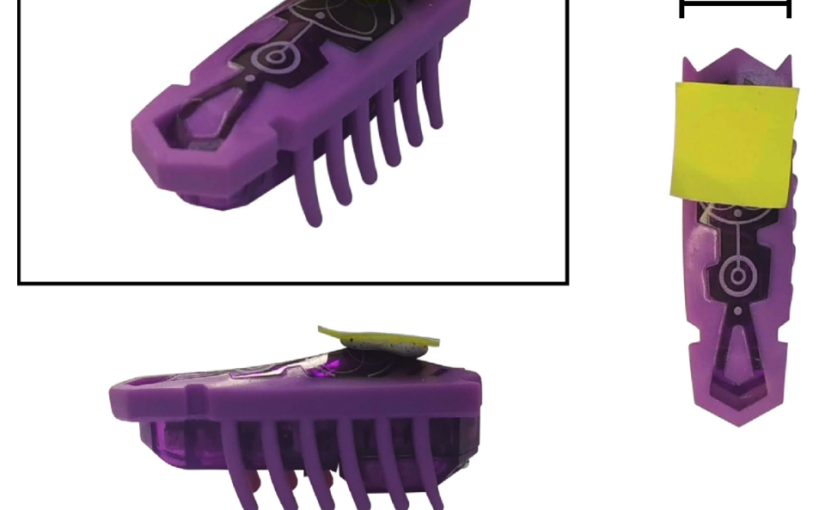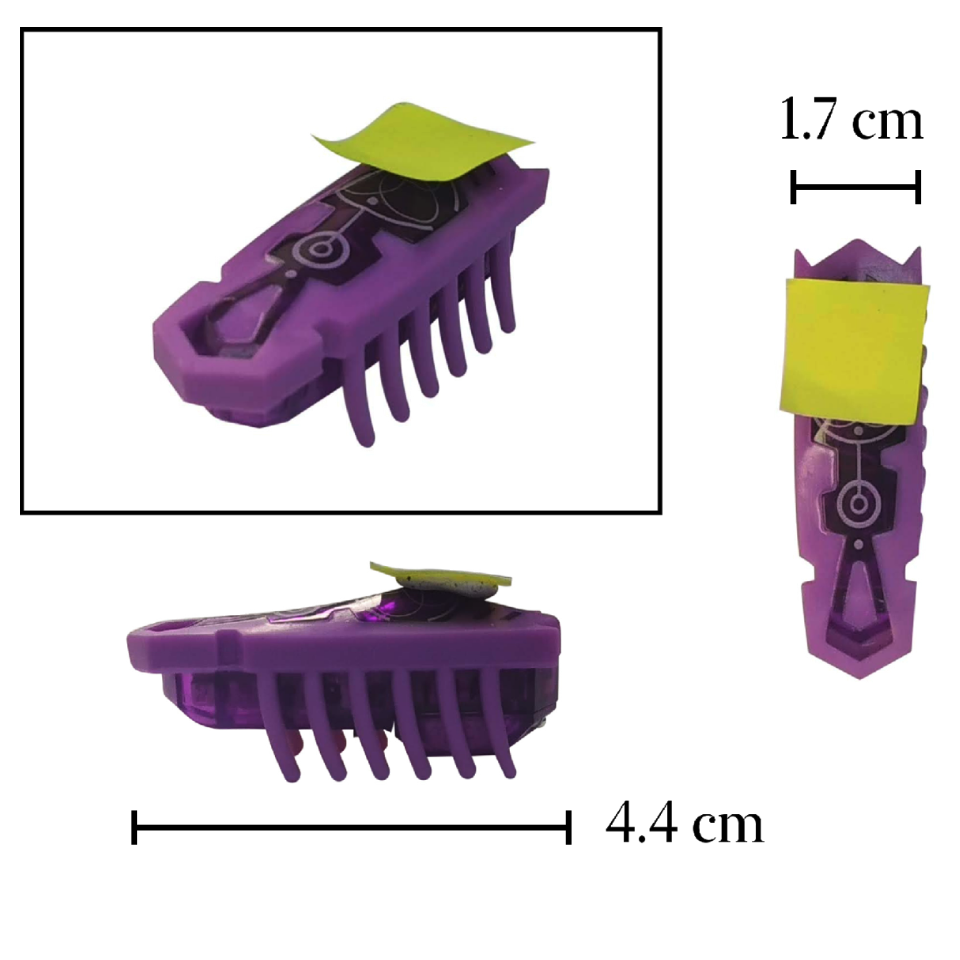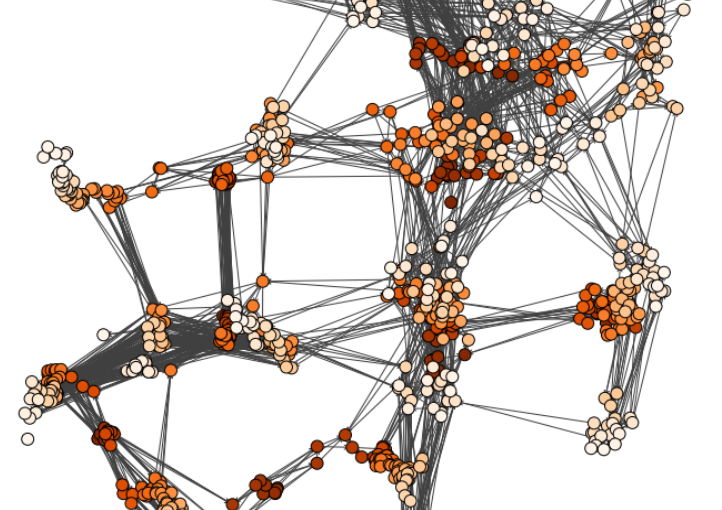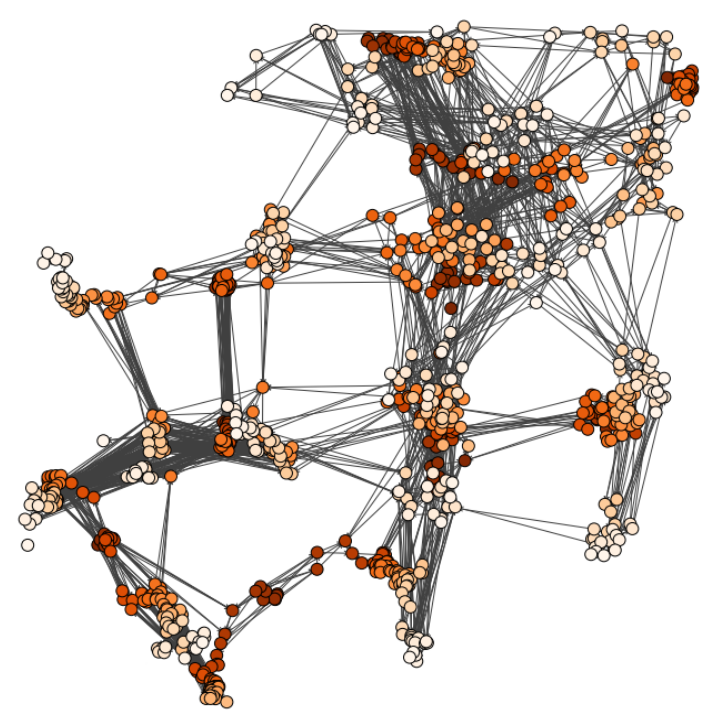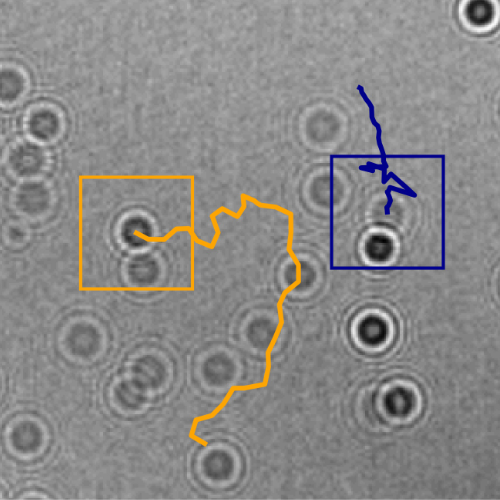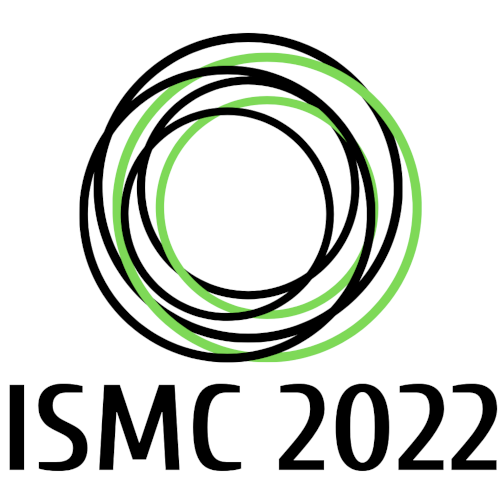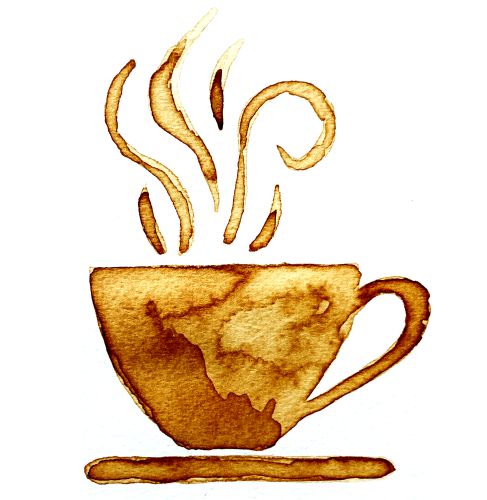
Marcel Rey,
Submitted to ISMC 2022
Date: 7 October 2022
Time: 11:20 (CET)
After spilling coffee, a tell-tale stain is left by the drying droplet. This universal phenomenon, known as the “coffee ring effect”, is observed independent of the dispersed material. However, for many technological processes such as coating techniques and ink-jet printing a uniform particle deposition is required and the coffee ring effect is a major drawback.
Here, we present a simple and versatile strategy to achieve homogeneous drying patterns by modifying the surface of the dispersed particles with surface-active polymers. A particle dispersion is mixed with excess surface-active polymers (e.g. polyvinyl alcohol). The polymer partially adsorbs onto the particles and excess polymer is removed by centrifugation and redispersion. While pure particle dispersions form a typical coffee ring, the polymer-modified dispersions dry into a uniform particle deposit. In this talk, I will discuss how the polymer coating prevents accumulation and pinning at the droplet edge and leads to a uniform particle deposition after drying.
It should be highlighted that the presented method is independent of particle shape (e.g. spherical, ellipsoidal or ill-defined particle shapes) and is applicable to a variety of commercial pigment particles (e.g. hematite, goethite or titanium dioxide). Further, the method works for different dispersion media (e.g. aqueous, polar and apolar solvents), demonstrating the practicality of this work for everyday processes.
